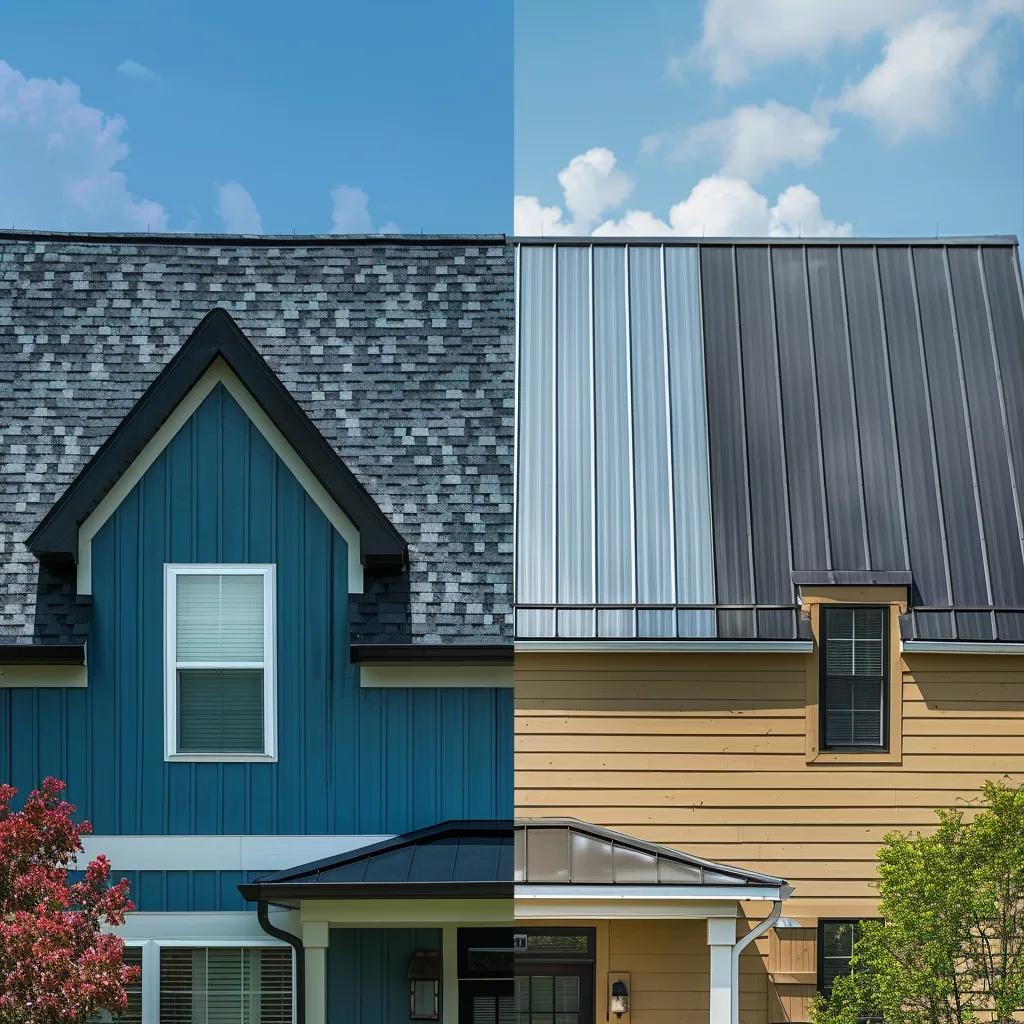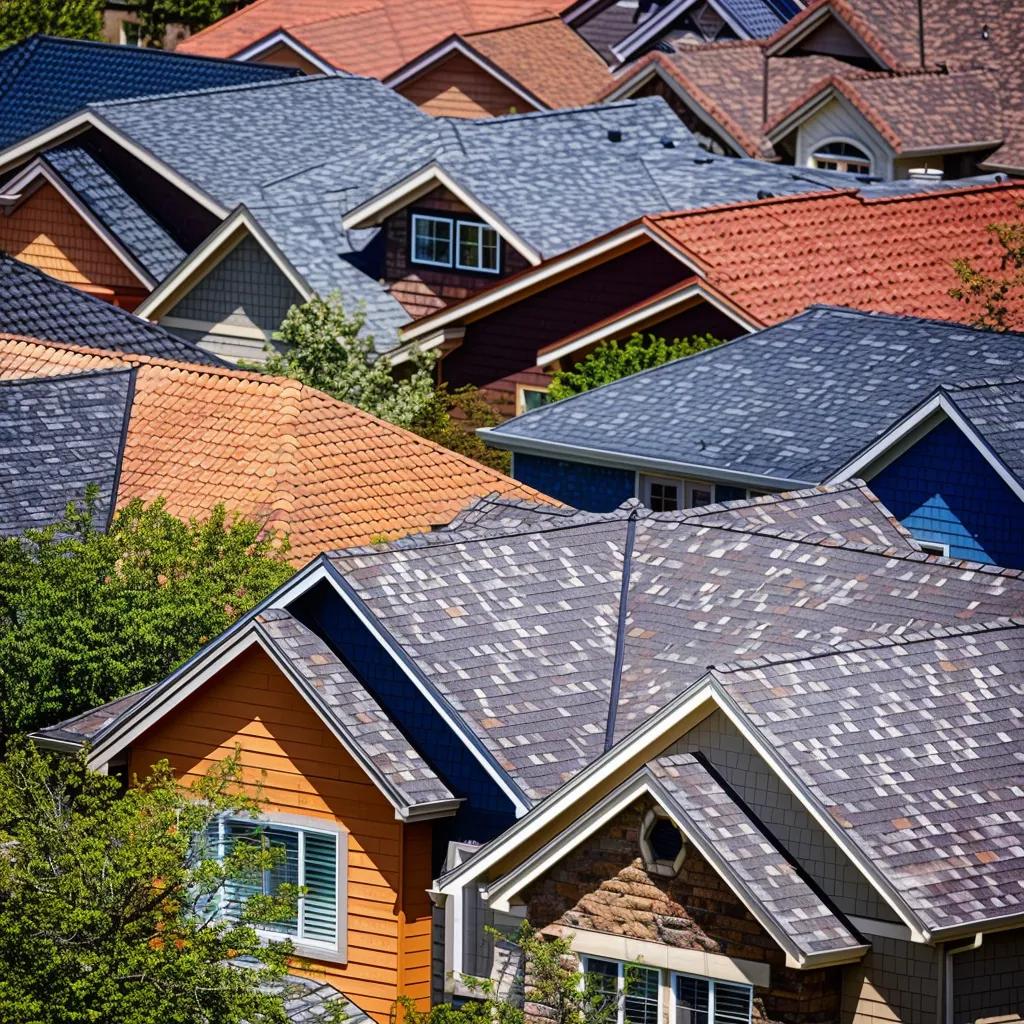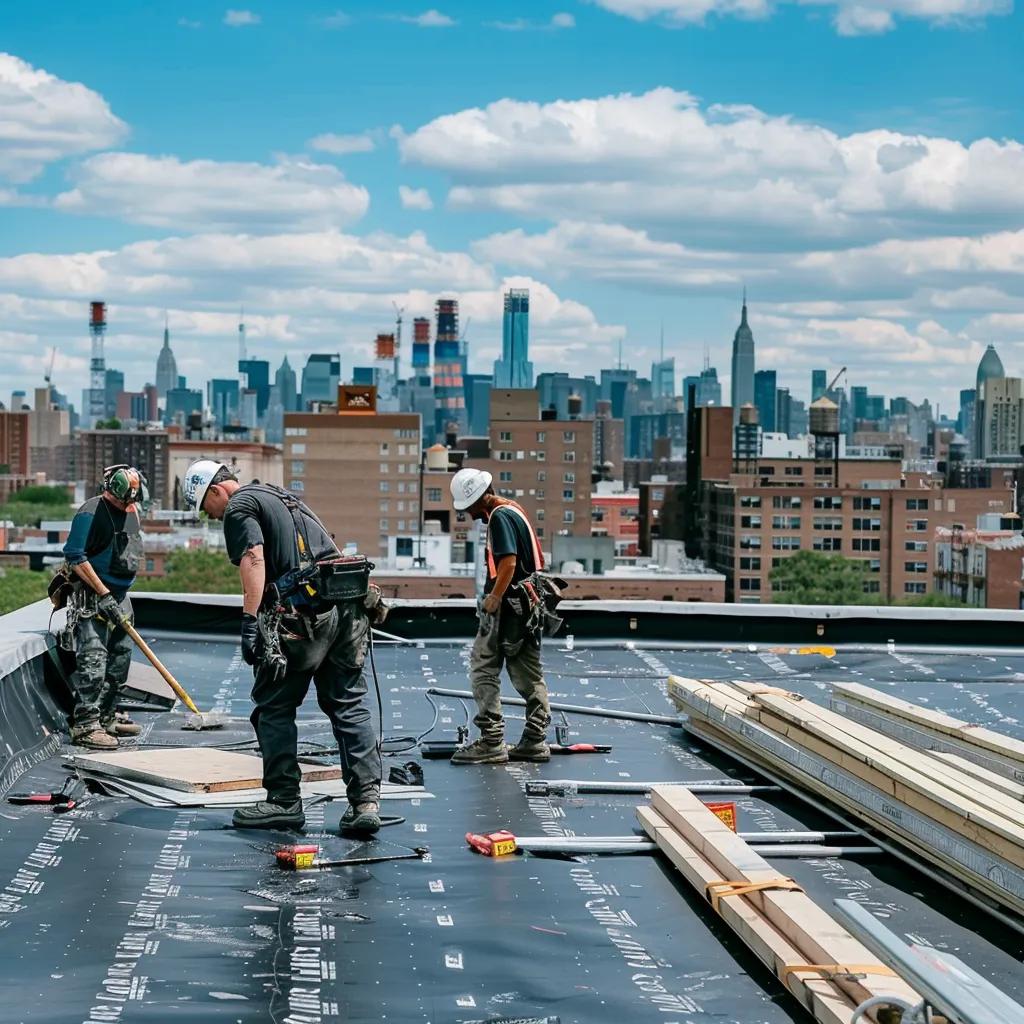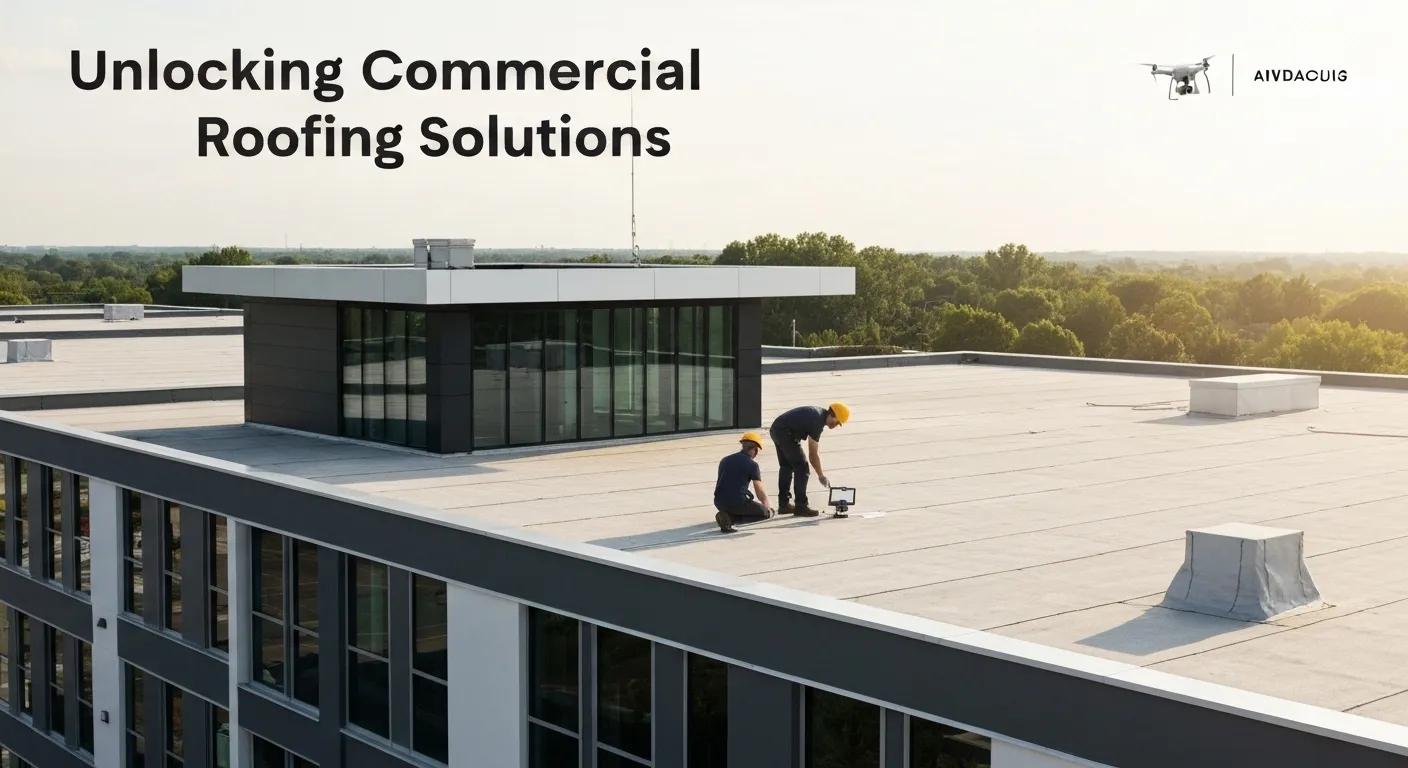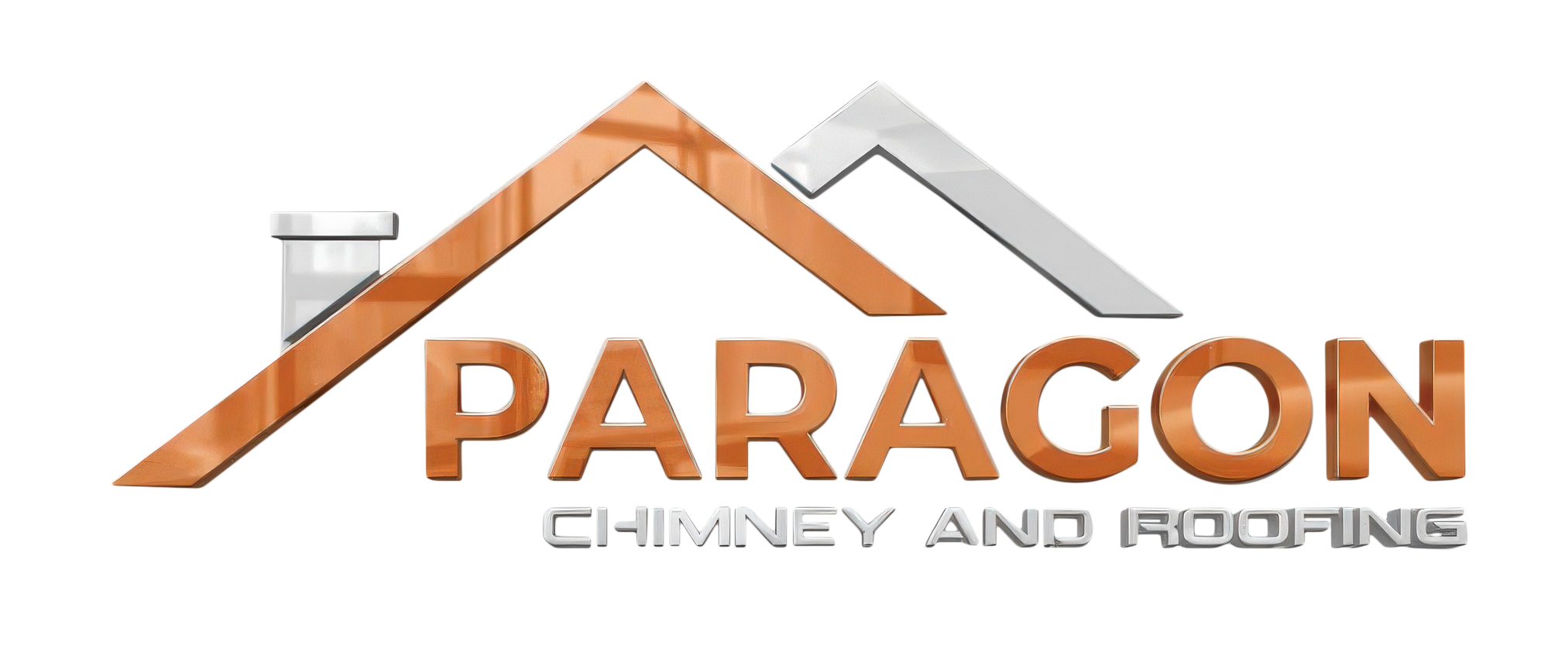What is the 3-2-10 Chimney Rule? A New York Homeowner’s Guide to Safe Venting
Chimney safety is an important, year-round responsibility for every New York homeowner—not just during the colder months. At Paragon Chimney and Roofing, we’re committed to helping Brooklyn and New York residents understand and follow essential building codes to protect their homes and families. One of the most crucial, yet frequently misunderstood, regulations is the 3-2-10 chimney rule. This rule outlines the correct chimney height and venting setup needed for safe and effective operation. By following the 3-2-10 chimney rule, you help ensure your fireplace or heating system runs efficiently and minimizes risks from improper venting or downdrafts.
In this blog, we break down the 3-2-10 chimney rule, why it matters for your home’s safety, and how Paragon Chimney and Roofing can help ensure your chimney is up to code.
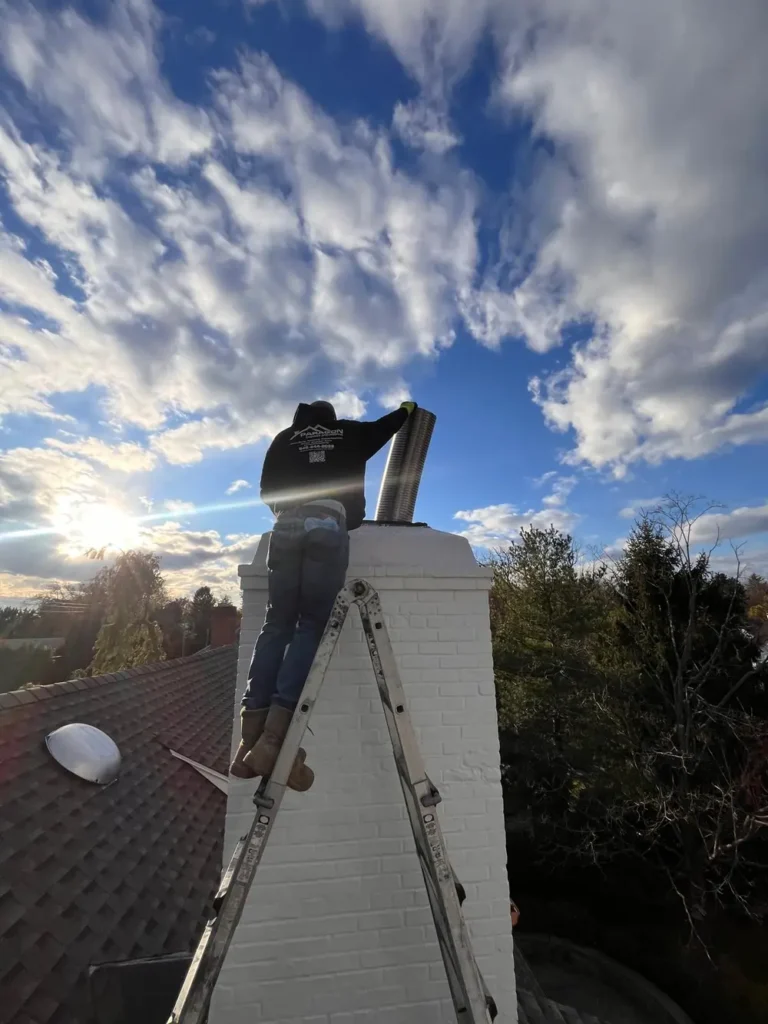
Understanding the 3-2-10 Chimney Rule
The 3-2-10 chimney rule is a national standard used to determine the proper height of a chimney to ensure effective draft and safe venting. Here’s the breakdown:
- 3 feet: The chimney must extend at least 3 feet above the roof’s penetration point.
- 2 feet: The top of the chimney must also be 2 feet higher than any portion of the building (roof, dormers, skylights) within a 10-foot radius horizontally.
- 10 feet: This radius forms a circle around the chimney. If any part of the roof is within that circle, the chimney must extend at least 2 feet above it.
This rule ensures that smoke, gases, and particulate matter vent properly and aren’t forced back into your home, especially during windy or low-pressure weather conditions common in New York.
Why the 3-2-10 Rule Matters in New York Homes
New York’s climate—with its cold winters and coastal winds—demands that chimneys maintain an optimal draft height for safety and performance. If the chimney draft height in New York homes isn’t sufficient, dangerous gases such as carbon monoxide can be pulled back indoors, posing serious risks.
The city’s diverse building styles in places like Brooklyn and throughout New York often result in rooftops with various heights and architectural barriers. When a chimney draft height in New York is too low or positioned poorly, it may not rise above these obstacles, which can compromise both efficiency and safety.
At Paragon Chimney and Roofing, we thoroughly inspect every part of your chimney’s design, ensuring the chimney draft height in New York complies with the 3-2-10 rule and all relevant local codes for maximum protection and reliability.
Common Compliance Issues in Urban Areas
In densely built areas like Brooklyn, many older homes were constructed before current chimney codes were established. Some common non-compliance issues we encounter include:
- Chimneys built too short for nearby rooftop structures
- Flue termination points too close to dormers or attic windows
- Buildings that have been extended or remodeled without updating chimney height
- Poor draft performance due to incorrect venting height
Our technicians are trained to identify these problems and bring your chimney system up to standard with safe, code-compliant solutions.
The Risks of Ignoring Chimney Height Rules
Failing to comply with the 3-2-10 chimney rule puts your household at risk in more ways than one:
- Backdrafting: Smoke, soot, and carbon monoxide may enter your home.
- Fire hazards: Inadequate venting can overheat the flue and create creosote buildup.
- Poor heating performance: Your fireplace or furnace will struggle to function efficiently.
- Code violations: You could face fines or inspection issues when selling your home.
Routine inspections and modifications from licensed professionals like Paragon Chimney and Roofing ensure your chimney is not only effective but also legally compliant.
How Paragon Chimney and Roofing Helps Brooklyn Homes Stay Safe
We take a comprehensive approach to chimney inspections, especially when it comes to evaluating height and clearance. Our process includes:
- A full 360-degree assessment of your chimney’s location and surrounding rooftop structures.
- Measurement and application of the 3-2-10 chimney rule.
- Recommendations for chimney extensions, chimney caps, or reconfiguration if necessary.
- Professional masonry or prefab modifications to adjust chimney height safely and efficiently.
Whether your home is brand new or a historic brownstone, our local knowledge ensures we tailor your chimney venting to your exact property layout.
Chimney Height Modifications: What to Expect
Raising a chimney to meet the 3-2-10 chimney rule can vary in complexity depending on your chimney type (masonry or metal) and rooftop configuration. Here’s what to expect:
- Site evaluation and safety planning
- Material matching for brick, block, or chimney pipe
- Structural reinforcement if height adjustments are significant
- Custom fabrication for chimney caps or crowns
- Waterproofing and flashing to protect your roof during and after the process
We always provide transparent quotes and timelines, ensuring minimal disruption to your daily routine.
Final Thoughts: Code Compliance = Peace of Mind
The 3-2-10 chimney rule may sound technical, but its importance is simple: safety, efficiency, and legal compliance. For New York homeowners, especially in compact neighborhoods like Brooklyn, following this rule is essential to ensure proper venting and heating system performance.
With over a decade of expertise, Paragon Chimney and Roofing brings peace of mind to homeowners across New York through code-compliant inspections, repairs, and chimney construction. If your chimney hasn’t been evaluated in years—or if you’re unsure whether it meets the 3-2-10 standard—it’s time to get it checked.
Frequently Asked Questions
What does the 3-2-10 chimney rule mean?
The 3-2-10 chimney rule specifies that a chimney must be at least 3 feet above the roof it penetrates, and 2 feet taller than any part of the structure within 10 feet horizontally. This ensures safe venting of gases and prevents backdrafting.
Do all chimneys need to follow the 3-2-10 rule?
Yes, most residential chimneys—especially wood-burning ones—must comply with the 3-2-10 chimney rule to meet local and national building codes.
What happens if my chimney is not tall enough?
A chimney that’s too short can cause backdrafting of smoke or gases, poor fireplace performance, and code violations. It may also contribute to creosote buildup and fire hazards.
Can Paragon Chimney and Roofing fix a non-compliant chimney?
Absolutely. We offer inspections, chimney extensions, masonry work, and reconfiguration services to bring your chimney up to code safely and efficiently.
Schedule Your Chimney Inspection Today
Is your chimney up to code? Don’t leave your family’s safety to chance. Call Paragon Chimney and Roofing in Brooklyn today for a full chimney inspection and 3-2-10 compliance check. You can reach us at (646) 844-2022 or visit our Paragon Chimney and Roofing to request a free estimate. Let us help you make sure your chimney is safe, efficient, and ready for every New York season.

